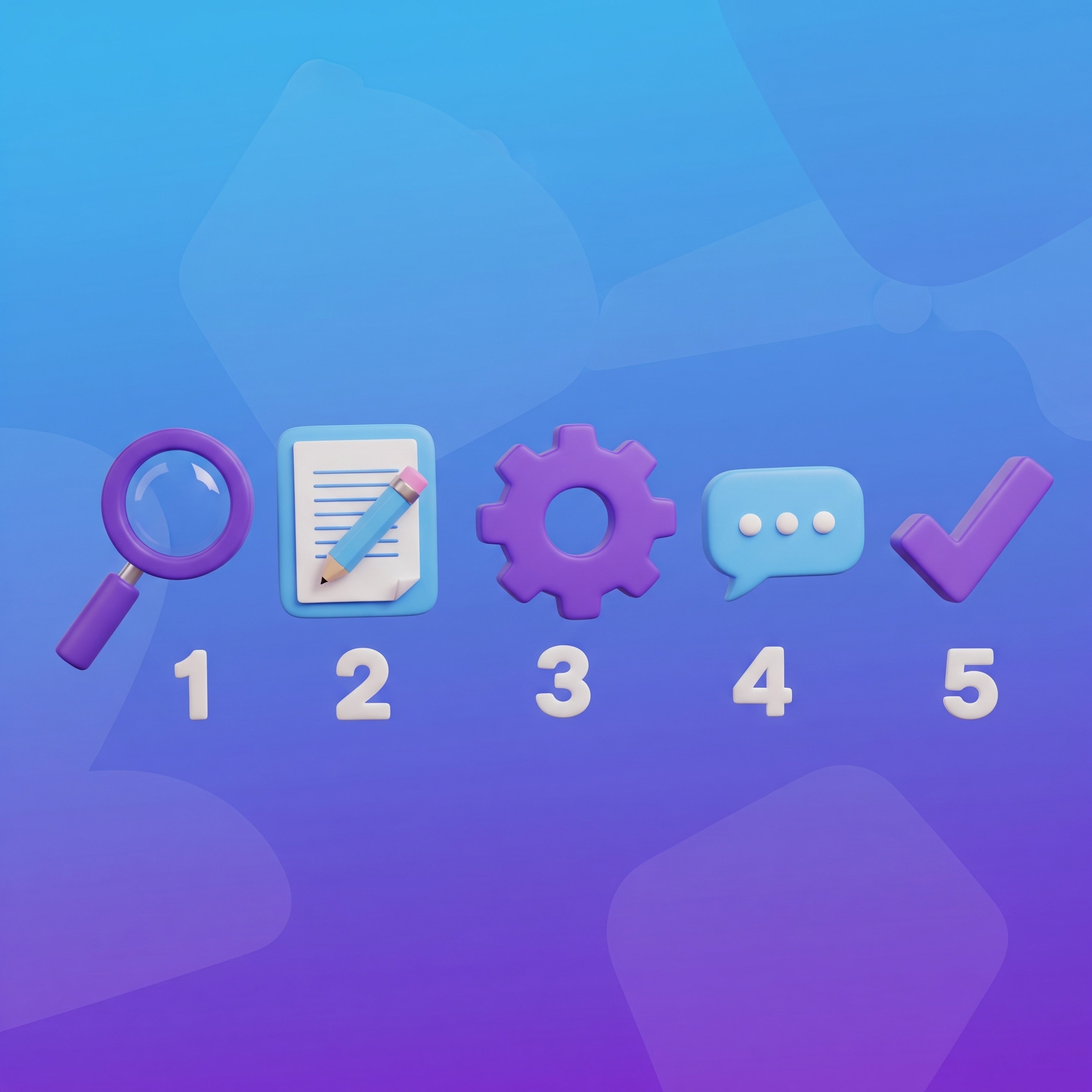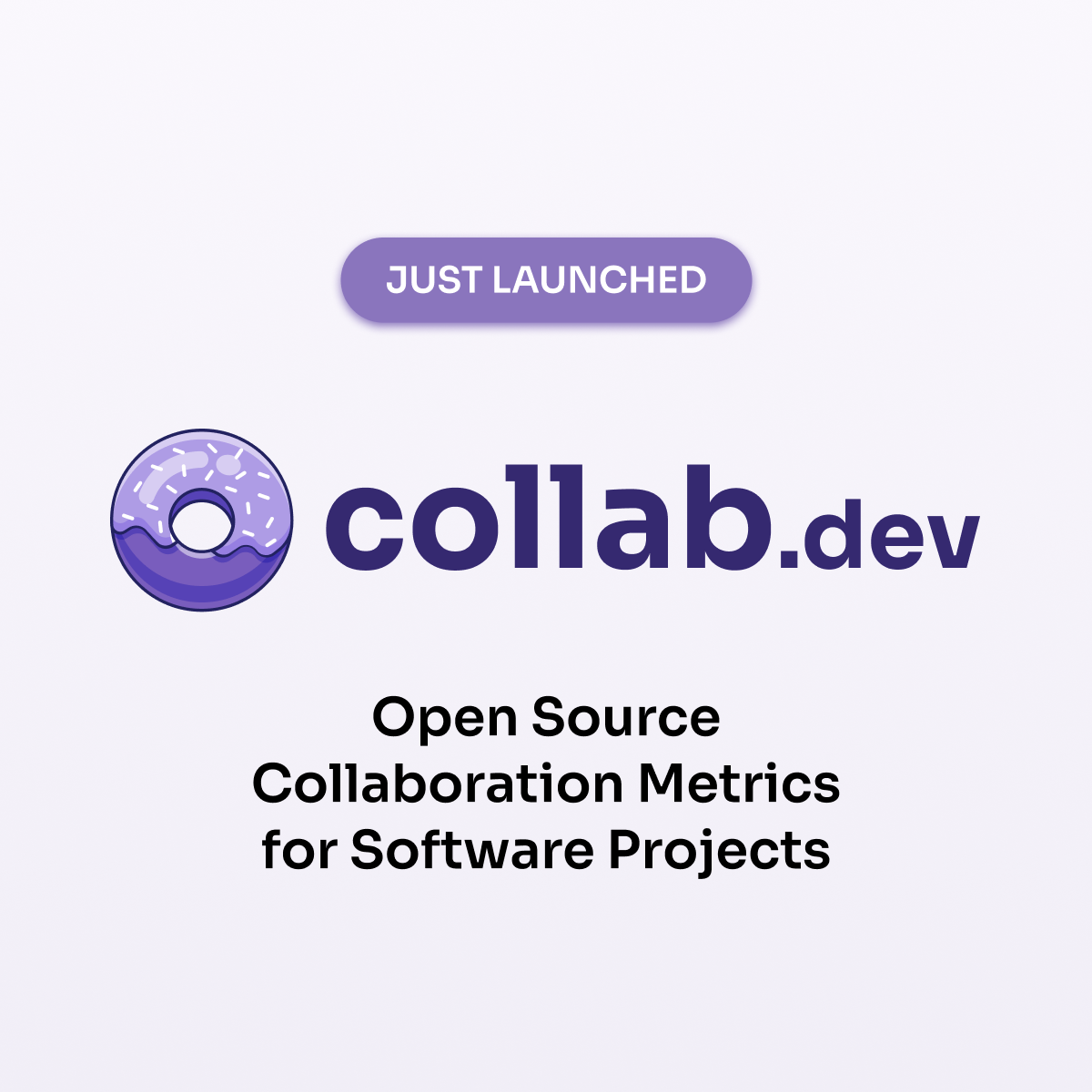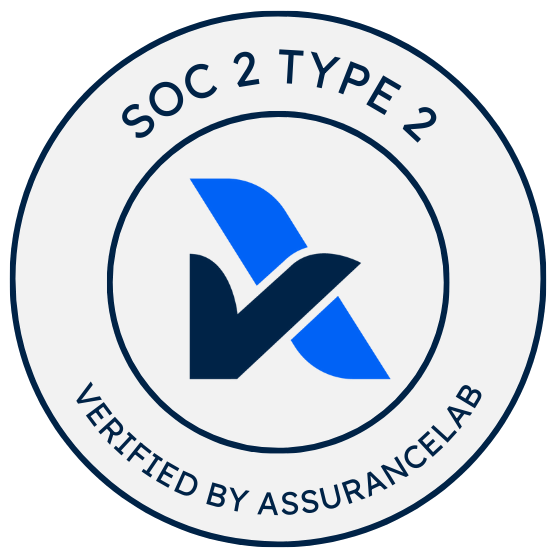
Stop Just Contributing to React: A Beginner's Guide to OSS Projects That Actually Want You
The most popular open source projects are often terrible places for first contributions. Discover the collaboration metrics that reveal which OSS projects actually welcome new contributors—and which ones will leave your PRs hanging.

You want to contribute to open source.
So you open GitHub, sort by stars, and think: “React has 230k stars. TensorFlow revolutionized AI. Kubernetes runs half the internet. These must be great places to start, right?”
You find an issue labeled “good first issue.” You spend a week understanding the codebase, another week implementing the fix. You’re nervous but excited as you hit “Create Pull Request.”
Then… silence. Days turn into weeks. Maybe you get a brief comment. Maybe your PR sits untouched. Maybe it eventually gets closed with “we’re going a different direction” or “we decided to implement this differently.”
You wonder: Did I do something wrong? Is open source not for me?
Here’s the truth: You probably picked the wrong project.
The most popular open source projects are often terrible places for first contributions. Not because they’re bad projects (they’re doing incredible work), but because they’re optimized for experienced contributors who already understand the codebase, domain, and team processes.
🎯 The Popularity Trap
High-star projects are:
- Swamped with hundreds or thousands of PRs
- Managed by core teams focused on major features and architecture
- Requiring deep context to understand why things are built certain ways
- Operating at a scale where individual contributor feedback isn’t the priority
Is this discouraging? Maybe. But here’s the good news: by analyzing collaboration data across hundreds of projects on collab.dev, we’ve identified specific signals that tell you whether a project will welcome your contribution or leave you hanging.
Let’s break down what actually matters.
🚩 What the Data Reveals About Popular Projects
Take TensorFlow. It has 190k+ stars and revolutionized machine learning. It might not be the best choice for beginners.
- Only 3% of PRs come from community contributors
- Only 6% of PRs even get reviewed
- The project is optimized for a core team of experts
Or Kubernetes with 112k+ stars:
- Average wait time: over a day
- 20+ hour reviewer response times
- 100% review coverage (good!) but at enterprise scale (overwhelming)
These aren’t bad projects. They’re just not optimized for you yet.
✨ What Actually Makes a Project Beginner-Friendly
Data from successful contributions across hundreds of projects shows that five specific factors predict whether you’ll have a good first contribution experience.
| Metric | Target | Why It Matters | Real Example |
|---|---|---|---|
| Review Turnaround | < 4 hours | Nothing kills motivation like waiting. When you submit your first PR, you’re nervous and excited. You need feedback while you still remember what you did and why. | Hedgedoc: 2-minute median review time. Contributors get feedback while still at their computer with full context loaded. |
| Review Coverage | > 90% | When projects review most PRs consistently, it means they have a process. They’re not ignoring contributions or playing favorites. | Chart.js: 100% review coverage. Every contribution gets attention, whether you’re core team or first-timer. |
| Community Mix | 40-70% external | The sweet spot. Too low means core-team-focused with no pathways for outsiders. Too high might mean maintainers have checked out. | Chart.js: 71% community contributions. They’ve built systems to welcome external developers. |
| Bot Activity | < 20% | Heavy automation means complex CI/CD you’ll need to understand. Lots of bot comments overwhelm beginners just trying to fix a typo. | Supabase: 1% bot-authored PRs, 8% bot activity. Keeps the process human and approachable. |
| Overall Resolution | < 12 hours | How long you’ll be in limbo from “I have an idea” to “it’s merged.” For first contributions, faster is better. | Appwrite: 28-minute average from open to merge. Fast enough to do multiple contributions in one session. |
Red flags to avoid:
- Review coverage < 50% (overwhelmed maintainers, unclear guidelines)
- Community contributions < 30% (no clear pathway for outsiders)
- Bot activity > 40% (complex automation that complicates contributions)
- Overall resolution > 3 days (slow feedback kills momentum)
🗺️ How to Actually Find Your First Project
Forget sorting by stars. Here’s the process that works for successful first-time contributors:
Step 1: Start with What You Use
Don’t pick projects because they’re famous. Pick them because you use them.
Ask yourself:
- What tools do I use daily that I wish worked slightly differently?
- What libraries frustrate me with unclear docs?
- What projects have helped me that I’d like to give back to?
First contributions often succeed when contributors pick tools they already use daily. They know the pain points, understand the use cases, and have context already loaded. This makes it easier to identify genuine issues and propose solutions that make sense.
Step 2: Check the Contribution Health
Before you write a single line of code, investigate the project’s collaboration patterns.
Look at recent PRs:
- Open 5-10 recently merged PRs
- Check how long they took from submission to merge
- Read the review comments (Are they friendly? Constructive? Timely?)
- Notice if external contributors are getting merged or just core team
Read the CONTRIBUTING.md:
- Does it exist? (If not, that’s a yellow flag)
- Is it updated recently?
- Does it walk you through setup clearly?
- Are expectations explicit or vague?
Check issue labels:
- “good first issue” or “beginner-friendly” tags
- Recent activity on these issues (not stale)
- Clear descriptions with acceptance criteria
Pro tip: If you want data-driven insights, check the project on collab.dev. You can see median review times, community contribution percentages, and how long PRs typically take to merge. It’s like a health check for contribution-friendliness.
Step 3: Start Embarrassingly Small
Your first contribution should be almost trivially small:
- Fixing a typo in docs
- Adding a missing code example
- Clarifying a confusing error message
- Updating an outdated link
Why? Because your first PR isn’t about the code. It’s about:
- Learning the contribution workflow
- Understanding the team’s communication style
- Building trust with maintainers
- Proving you can follow the process
Developers often try to refactor core architecture as their first PR. It rarely goes well.
Step 4: Communicate Before Coding
This is the step most people skip and regret.
Before you write code:
- Comment on the issue: “I’d like to work on this. Is it still open?”
- Wait for confirmation (saves you from duplicate work)
- If it’s a new feature, open a discussion first
- Ask questions about the expected approach
A common mistake: spending a weekend implementing a feature only to learn during review that the team planned to solve it differently. Five minutes of upfront communication saves days of wasted effort.
📝 Best Practices for Your First PR
Once you’ve found the right project, here’s how to maximize your success:
Before You Submit
1. Run the tests locally Don’t submit a PR that breaks tests. It’s like showing up to a job interview with spinach in your teeth.
2. Follow the style guide Use the same formatting, naming conventions, and patterns you see in the codebase. When in doubt, copy nearby code.
3. Write a clear PR description
Good PR description template:
## What[One sentence describing the change]
## Why[Link to issue or explanation of problem]
## How[Brief explanation of your approach]
## Testing[How you verified it works]
## Questions[Anything you're unsure about]4. Keep it focused One PR = One change. Don’t fix typos, refactor functions, and add features all in one PR. That’s three PRs.
During Review
1. Respond quickly Aim to reply within 24 hours. Reviews are a conversation. Don’t ghost the reviewers.
2. Ask questions If you don’t understand feedback, ask! “Could you clarify what you mean by X?” is always appropriate.
3. Don’t take it personally Code review is about the code, not you. Even harsh feedback usually comes from people who care about quality, not from people trying to hurt you.
4. Thank reviewers Their time is valuable. A simple “Thanks for the review!” goes a long way.
After It Merges
1. Celebrate! You’re now an open source contributor. Update your resume. Update LinkedIn. Tell your friends.
2. Find issue #2 The hardest part is done. Momentum is on your side. Submit another PR while you still understand the codebase.
3. Help the next person Answer questions in discussions. Review other PRs (once you understand the project). Pay it forward.
🚩 When to Walk Away
Sometimes even “beginner-friendly” projects aren’t the right fit. Here’s when to move on:
Red flags:
- Your PR sits untouched for > 2 weeks
- Reviewers are rude or dismissive
- Feedback is vague or contradictory
- You’re asked to make unreasonable changes
- The project demands contributors sign CLAs or jump through legal hoops
What to do: Politely close your PR and try a different project. There are thousands of options. Don’t waste emotional energy on a bad fit.
Many successful contributors have walked away from projects that weren’t the right fit. They typically find better matches within days or weeks. The right project wants your contribution.
🎯 Your Beginner-Friendly Checklist
When evaluating any project, check these boxes:
✅ Review turnaround < 4 hours (or at least < 24 hours)
✅ Review coverage > 90%
✅ Community contributions 40-70%
✅ Bot activity < 20%
✅ Overall wait time < 12 hours
✅ Active “good first issue” labels
✅ Recent external contributor success
✅ Clear CONTRIBUTING.md
✅ Friendly review tone in recent PRs
Bonus points:
- Explicit beginner onboarding docs
- Active Discord/Slack for questions
- Video tutorials or walkthroughs
- Maintainers who respond to questions
🚀 Start Your Journey
The most popular projects aren’t the best places to start. The best places to start are projects that:
- You actually use and understand
- Welcome external contributors with working processes
- Provide fast, friendly feedback
- Have low-stakes ways to contribute
Your first contribution doesn’t need to be impressive. It needs to be merged. The confidence you get from that first green checkmark will carry you through dozens more contributions.
And here’s the secret: every experienced open source contributor you admire started exactly where you are now. Scared, uncertain, picking the wrong project, learning from mistakes. The only difference between them and you is they submitted that first PR and kept going.
Pick a project. Read the contributing guide. Fix one typo. Submit the PR.
Your open source journey starts now.
Want to see collaboration data for specific projects? Check out collab.dev to analyze review times, community contribution rates, and find beginner-friendly projects based on actual metrics, not just stars.
This article is brought to you by the collab.dev team. We analyze collaboration patterns across 300+ open source projects to help developers understand what makes communities thrive. Built by PullFlow, the collaboration platform for co-intelligent (human + AI) software teams.


